Home>Interior Design>Accent Chair Ideas: 10 Rules For Chair Layouts, Looks And Trends
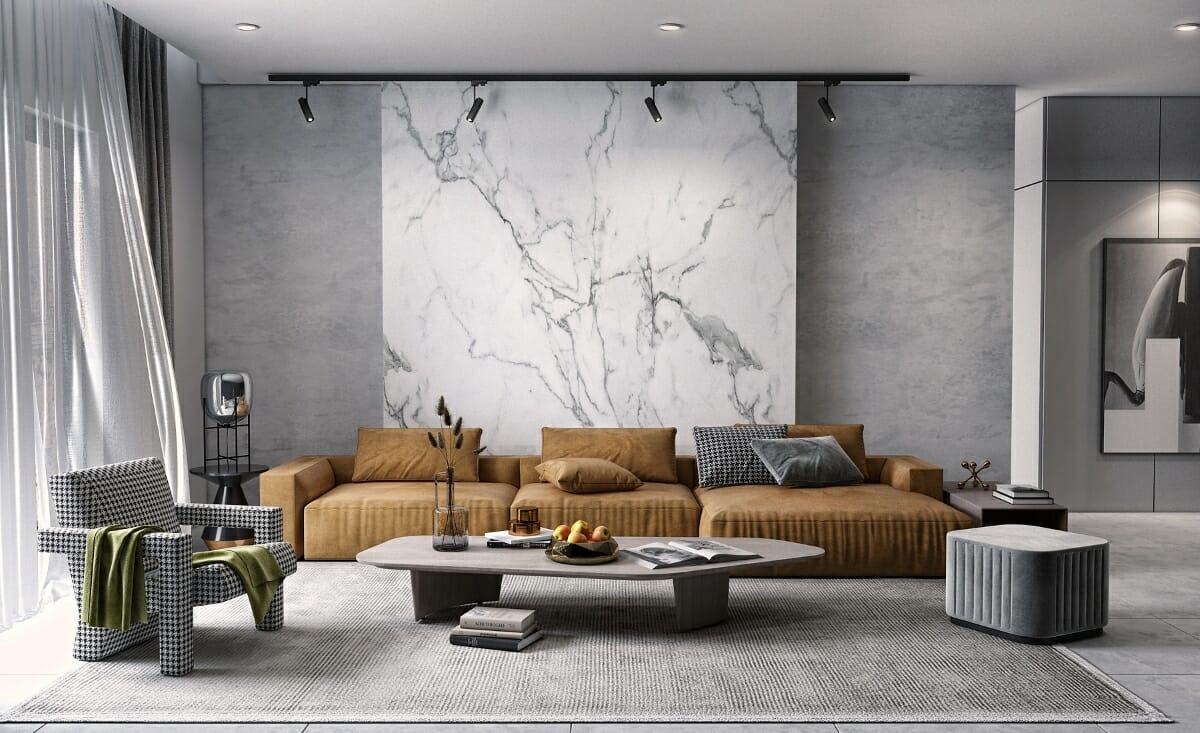

Interior Design
Accent Chair Ideas: 10 Rules For Chair Layouts, Looks And Trends
Modified: January 19, 2024
Discover the latest interior design trends for accent chairs and learn the top 10 rules for layouts, looks, and styles. Enhance your space with these accent chair ideas.
(Many of the links in this article redirect to a specific reviewed product. Your purchase of these products through affiliate links helps to generate commission for Storables.com, at no extra cost. Learn more)
Introduction
Welcome to the world of interior design, where every element plays a significant role in creating a harmonious and visually appealing space. When it comes to adding a touch of elegance and personal style to your home, accent chairs are an absolute must. These versatile pieces not only provide extra seating but also serve as design focal points that can elevate the overall look and feel of a room.
Choosing the right accent chair can be both exciting and challenging. With a multitude of options available, it’s important to follow some basic guidelines to ensure that your chair selection complements the overall aesthetics of your home. In this article, we will explore 10 essential rules for chair layouts, looks, and trends, to help you make the right choice for your space.
Key Takeaways:
- When choosing an accent chair, consider size, room layout, style, upholstery, and functional features to create a visually appealing and functional space that reflects your personal taste and enhances the overall aesthetics of your home.
- Stay updated with the latest trends while trusting your instincts to select an accent chair that resonates with your unique style. Experiment with placement and arrangements to create a space that feels modern, comfortable, and inviting.
Rule 1: Choosing the Right Size
When selecting an accent chair, size matters. You want to ensure that the chair fits proportionally in the room without overwhelming the space or appearing too small. The right size of the chair will depend on various factors, including the size of the room, the other furniture pieces present, and the intended use of the chair.
Start by considering the available space in the room. Measure the area where you plan to place the chair to get an idea of the maximum dimensions it can have. This will help you narrow down your options and prevent you from choosing a chair that is too large or too small for the designated area.
Next, think about the function of the chair. Is it meant to be a statement piece, or will it primarily be used for lounging and relaxation? If you’re looking for a statement piece, you might consider opting for a larger chair with a unique design. On the other hand, if you’re looking for a cozy reading nook, a smaller, more comfortable chair might be more suitable.
Keep in mind that the chair should also be proportionate to the other furniture pieces in the room. If you have a large sectional sofa, for example, a small accent chair might get lost in the arrangement. Consider the overall balance of the furniture and aim for a chair that complements and enhances the existing layout.
Lastly, consider the scale of the chair in relation to the occupants. If the chair is primarily intended for one person, make sure it provides enough seating space and support. If you’re considering a chair for two or more people, opt for a larger size or choose a chair with a wider seating area.
Remember, choosing the right size for your accent chair is crucial for creating a visually appealing and functional space. Take into account the dimensions of the room, the function of the chair, the overall furniture layout, and the comfort of the occupants to ensure a perfect fit.
Rule 2: Consider the Room Layout
When adding an accent chair to a room, it’s important to consider the existing layout and arrangement of furniture. The placement of the chair can greatly impact the flow and functionality of the space.
Start by analyzing the room’s focal point. This could be a fireplace, a large window with a beautiful view, or a television. Position the accent chair in a way that it complements and enhances the focal point, allowing for optimal viewing or enjoyment of the space.
Next, think about traffic flow. Take into account the natural pathways in the room and ensure that the chair does not obstruct or interrupt the movement of people around the space. Make sure there is enough space for people to easily walk around and access other areas of the room, such as doorways and entry points.
Consider the usability and purpose of the chair within the room. If the chair is meant for a specific activity, such as reading or conversing, position it in a way that promotes comfort and facilitates interaction with others. If it is primarily decorative, you may choose to place it in a more visually prominent area where it can serve as a focal point.
Additionally, take into account the overall balance and symmetry of the room. If you have a symmetrical layout, consider placing the accent chair in a way that complements the existing symmetry. If the room has an asymmetrical layout, the chair can be used to add visual interest and create a sense of balance.
Ultimately, the goal is to ensure that the placement of the accent chair enhances the overall functionality and aesthetics of the space. By carefully considering the room’s layout, focal point, traffic flow, usability, and balance, you can ensure that the chair becomes a seamless addition that adds both style and practicality to your room.
Rule 3: Selecting the Style
When choosing an accent chair, it’s important to consider the style and design that will blend harmoniously with your existing decor. The style of the chair can make a significant impact on the overall look and feel of the room.
Start by assessing the overall style of your home. Is it modern and minimalist, traditional and classic, or eclectic and bohemian? Choose a chair style that complements the existing aesthetic. For example, if you have a contemporary interior, opt for a sleek and streamlined chair design. If your home has a more traditional vibe, consider a chair with elegant curves and ornate details.
Think about the mood you want to create in the room. Do you want it to feel cozy and inviting, or do you prefer a more formal and elegant ambiance? The style of the chair can contribute to setting the desired mood. For a cozy feel, consider chairs with soft, plush upholstery and relaxed designs. For a more formal look, choose chairs with structured and tailored designs.
Don’t be afraid to mix and match styles, but do so with intention. Eclectic designs can add a unique and personal touch to a room, but they should still maintain a sense of cohesion. Look for chairs that have elements that tie into other furniture pieces or decor in the room, such as matching colors or similar materials.
Consider the era or theme that inspires you. Maybe you adore mid-century modern design or are drawn to the glamour of the Art Deco era. Incorporating a chair with a specific style or era can add character and charm to your space. Just be sure to balance it with the overall aesthetic and ensure it doesn’t overpower the room.
Lastly, consider the longevity of the style. While it’s tempting to follow the latest design trends, it’s important to choose a chair style that will stand the test of time. Opting for classic and timeless designs ensures that your chair will remain stylish and relevant for years to come.
By carefully selecting a chair style that complements your home’s overall aesthetic, creates the desired mood, and aligns with your personal tastes, you can make a confident choice that enhances the visual appeal and cohesiveness of your space.
Rule 4: Upholstery Options
When it comes to accent chairs, the upholstery plays a crucial role in both the aesthetic appeal and the comfort of the chair. Choosing the right upholstery can make a significant difference in how the chair complements your space and how it feels to sit in.
Start by considering the overall color palette of the room. You can either select upholstery that matches the existing color scheme for a cohesive look, or choose a contrasting color to make the chair stand out as a focal point. Take into account the other elements in the room, such as the walls, curtains, and other furniture, to ensure that the upholstery harmonizes with the overall decor.
Next, think about the texture and material of the upholstery. This can greatly influence the style and comfort of the chair. If you’re looking for a soft and cozy feel, consider options like velvet or chenille. If you prefer a more modern and sleek look, leather or faux leather can be a great choice. Don’t be afraid to touch and feel the upholstery materials to get a sense of their texture and quality.
Consider the durability and practicality of the upholstery. If the chair will be used frequently or if you have kids or pets, it’s important to choose a fabric that can withstand wear and tear. Look for options that are stain-resistant or easy to clean, such as microfiber or performance fabrics. This will ensure that your accent chair remains in good condition and maintains its appearance over time.
If you’re feeling adventurous, consider adding patterns or prints to your chair. This can add visual interest and personality to your space. However, be mindful of the scale of the pattern and its compatibility with the rest of your decor. Larger patterns may work best in larger rooms, while smaller patterns can be more suitable for smaller spaces.
Lastly, consider the comfort of the upholstery. Test out different cushioning options and densities to find the right level of support and comfort. Pay attention to the seat depth and backrest height to ensure that the chair provides the desired level of relaxation.
By carefully considering the upholstery options for your accent chair, you can enhance the overall look of your space, ensure its durability, and create a comfortable seating experience for yourself and your guests.
Rule 5: Color and Pattern Coordination
Color and pattern coordination is a key factor to consider when selecting an accent chair. The right choice of colors and patterns can create a cohesive and visually pleasing look in your space. Here are some guidelines to help you achieve a harmonious color and pattern coordination:
1. Consider the existing color scheme: Take into account the colors already present in the room. Look at the walls, flooring, curtains, and other furniture pieces. Choose a chair color that either matches or complements the existing color palette. If you want the chair to stand out as a focal point, opt for a contrasting color that adds a pop of visual interest to the space.
2. Balance bold and neutral colors: If you have a room with vibrant and bold colors, consider a chair in a neutral shade to balance out the overall look. Conversely, if you have a room with more neutral tones, you can introduce a chair in a bolder color to add a striking element to the space. The key is to create a balanced and cohesive color scheme.
3. Mix and match patterns: If you want to add some visual excitement to your space, consider incorporating patterns in your accent chair. Keep in mind that mixing patterns can be tricky, so it’s important to follow some guidelines. Choose patterns that vary in scale and style – for example, pair a large-scale floral pattern with a small-scale geometric print. Make sure the patterns share at least one common color to create a cohesive look. A good rule of thumb is to limit the number of patterns to no more than three.
4. Focus on the room’s focal point: Consider the room’s focal point and use the accent chair to enhance it. If there is a particular artwork, a fireplace, or a statement piece of furniture in the room, choose a chair color or pattern that complements or coordinates with that focal point. This will create a sense of harmony and coherence in the space.
5. Use color psychology: Keep in mind that colors can evoke different emotions and moods. Consider the atmosphere you want to create in the room and choose colors accordingly. For example, blues and greens can create a calming and soothing ambiance, while vibrant yellows and oranges can add energy and warmth to the space.
Remember, the goal of color and pattern coordination is to create a visually appealing and harmonious look in your space. By considering the existing color scheme, balancing bold and neutral colors, mixing and matching patterns, focusing on the room’s focal point, and using color psychology, you can choose an accent chair that seamlessly integrates into your decor and enhances the overall aesthetic of your room.
When choosing an accent chair, consider the scale and proportion of the room. A larger room can accommodate a bigger, statement chair, while a smaller room may require a more compact design to avoid overwhelming the space.
Rule 6: Mixing and Matching with Other Furniture
When it comes to accent chairs, one of the key design strategies is to mix and match them with other furniture pieces in the room. This can create an eclectic and curated look that adds depth and visual interest to your space. Here are some guidelines to help you master the art of mixing and matching:
1. Consider the style: Start by considering the overall style of your existing furniture. Is it modern, traditional, or eclectic? Choose an accent chair that complements and enhances the overall aesthetic. For example, if you have a modern sofa, you might consider pairing it with a mid-century modern accent chair for a cohesive look.
2. Pay attention to proportion and scale: Take into account the size and shape of your existing furniture pieces. The accent chair should not overpower or be dwarfed by the other furniture. Strive for a balanced and proportionate arrangement. If you have a large sofa, consider pairing it with a slightly larger accent chair. If you have a small loveseat, opt for a more compact and streamlined chair.
3. Create contrast: Mixing and matching furniture is also a chance to create contrast in your space. Play with different materials, colors, and textures. For example, if you have a leather sofa, you could pair it with a fabric accent chair to add visual interest. Alternatively, if your furniture is predominantly neutral, consider adding a chair in a bold color or pattern to make it stand out.
4. Balance the design elements: Consider the design elements of your furniture pieces, such as the shape, silhouette, and detailing. Aim for a harmonious balance by selecting accent chairs that have similar design elements. For instance, if your sofa has clean lines and a minimalist design, choose an accent chair that echoes those characteristics.
5. Coordinate the upholstery: While mixing and matching, it’s important to consider the upholstery of your furniture pieces. Look for common threads such as color, pattern, or texture. You can create cohesion by choosing an accent chair with upholstery that complements or coordinates with the sofa or other furniture items.
6. Experiment with different placements: Don’t be afraid to move your furniture around and try different arrangements. Place the accent chair at different angles or in different areas of the room to find the most visually appealing and functional arrangement. You might be surprised how a simple shift in placement can transform the entire space.
7. Add layers and accessories: To bring everything together, consider layering your space with accessories. Use throw pillows, blankets, and rugs to tie the different furniture pieces together and create a cohesive look. This can help blend different styles and create a curated and inviting atmosphere.
Mixing and matching furniture allows you to inject personality and creativity into your space. By considering the style, proportion, contrast, design elements, upholstery coordination, and experimenting with different placements, you can create a visually captivating and harmonious arrangement that reflects your unique style.
Rule 7: Balancing Proportions
When it comes to interior design, achieving a sense of balance is essential. This holds true for accent chairs as well. Balancing proportions involves carefully considering the size and scale of your accent chair in relation to the other furniture pieces in the room. By following this rule, you can create a visually appealing and harmonious space. Here are some guidelines to help you balance proportions:
1. Consider the size of the room: The size of the room plays a significant role in determining the proportion of your accent chair. In a smaller space, opt for a chair with a more compact silhouette to avoid overwhelming the room. In a larger space, you can go for a larger chair to fill the space appropriately.
2. Take into account the size of other furniture: Look at the size and scale of the other furniture pieces in the room, such as the sofa, coffee table, and side tables. The accent chair should be proportionate to these items. Avoid choosing a chair that is too large or too small in comparison.
3. Aim for visual balance: Visual balance is about distributing the visual weight evenly across the room. If you have a larger piece of furniture on one side of the room, such as a sectional sofa, balance it out with an accent chair placed on the opposite side. This creates a sense of equilibrium within the space.
4. Mind the height: Consider the height of your accent chair in relation to other seating options, such as the sofa or dining chairs. Aim for a consistent level or slight variation in the heights to maintain visual harmony. Additionally, consider the height of the chair’s backrest in relation to the other elements in the room to ensure a pleasing balance.
5. Play with different shapes: Incorporating a mix of different shapes can add visual interest while maintaining proportion. If you have a sofa with straight lines, consider adding an accent chair with curved or rounded lines to create contrast and balance. The shape and silhouette of the chair can help create proportionate visual appeal.
6. Keep functionality in mind: Balancing proportions is not just about appearance; it also ensures that furniture serves its intended purpose. Make sure the accent chair offers comfortable seating and functionality for its primary use. An oversized chair may be visually appealing, but if it takes up too much space, it may impede the functionality of the room.
7. Use the rule of thirds: The rule of thirds is a design principle that suggests dividing the visual composition into thirds horizontally and vertically. Apply this rule by placing your accent chair in a way that aligns with these imaginary lines. This creates a more aesthetically pleasing and balanced arrangement.
Remember, achieving balanced proportions is crucial for creating a harmonious and visually appealing space. By considering the size of the room, the other furniture pieces, the height, the shape, and the functionality of the chair, you can strike the perfect balance and create a well-proportioned and inviting atmosphere.
Rule 8: Incorporating Functional Features
When selecting an accent chair, it’s essential to consider not only its style and appearance but also its functionality. Incorporating functional features can enhance the usability and practicality of the chair, making it a valuable addition to your space. Here are some guidelines to help you incorporate functional features into your accent chair:
1. Comfortable seating: Comfort should be a top priority when choosing an accent chair. Look for chairs with ample cushioning, supportive backrests, and comfortable armrests. Take into consideration the depth and width of the seat to ensure it accommodates different body types. Test sitting in the chair yourself to assess its comfort level.
2. Built-in storage: To maximize functionality, consider accent chairs with built-in storage options. Some chairs feature hidden compartments under the seat or in the armrests, providing convenient storage space for books, magazines, blankets, or remote controls. This can help keep your space organized and clutter-free.
3. Swivel or reclining mechanism: Adding a swivel or reclining function to your accent chair can significantly increase its versatility and comfort. Swivel chairs offer the flexibility to easily turn and face different directions without having to move the entire chair. Reclining chairs allow you to adjust the backrest to your desired position, providing optimal relaxation and support.
4. Convertible or multipurpose design: Consider accent chairs that have a convertible or multipurpose design. These chairs can serve multiple functions, such as transforming into a sleeper sofa or a chaise lounge. This is particularly useful in smaller spaces where versatility is key.
5. Ergonomic support: Look for accent chairs that offer ergonomic support to promote good posture and reduce strain on the body. Chairs with built-in lumbar support or adjustable features, such as height or tilt, can contribute to a healthier and more comfortable seating experience.
6. Mobility and flexibility: If you anticipate moving the chair around frequently or rearranging your space, consider lightweight chairs with wheels or casters. This allows for easy mobility and flexibility when it comes to adjusting your seating arrangement.
7. Accessibility features: If you have specific accessibility needs, look for accent chairs that have features to accommodate those requirements. This could include chairs with a higher seat height or armrests that assist in sitting down or getting up. These features are especially important for individuals with mobility challenges or the elderly.
Remember, functional features can greatly enhance the usability and versatility of your accent chair. By considering factors such as comfortable seating, built-in storage, swivel or reclining mechanisms, convertible or multipurpose designs, ergonomic support, mobility and flexibility, and accessibility features, you can choose a chair that not only adds aesthetic value to your space but also serves your functional needs.
Read more: How To Build Accent Chairs For Living Room
Rule 9: Placement and Arrangement
Proper placement and arrangement of your accent chair is crucial for optimizing both the visual appeal and functionality of your space. Consider the following guidelines to ensure that your accent chair is placed and arranged in a way that enhances the overall aesthetics and usage:
1. Focal point positioning: Consider the focal point of your room, whether it’s a fireplace, a large window with a view, or a stunning piece of artwork. Position your accent chair in a way that allows you to enjoy and appreciate the focal point from a comfortable seating position. This creates a harmonious and visually pleasing arrangement.
2. Traffic flow: Take into account the natural flow of traffic in the room. Ensure that the placement of your accent chair does not obstruct the movement of people around the space. Allow enough space for easy passage through doorways and walkways to maintain a functional and unobstructed flow.
3. Conversation and interaction: If your accent chair is used for conversation or interaction, arrange it in a way that promotes engagement with others. Consider placing it opposite to a sofa or a loveseat to encourage face-to-face conversation. Angling the chair slightly toward the center of the room can also facilitate a more inclusive and inviting seating arrangement.
4. Balance and symmetry: Create a sense of balance and symmetry in your space by placing your accent chair in relation to other furniture pieces. For example, if you have a sofa along one wall, consider placing the accent chair on the opposite side to create symmetry. This creates visual equilibrium and a pleasing overall arrangement.
5. Accessorize with side tables: Place a side table near the accent chair to provide a surface for drinks, books, or other items. This not only adds functionality but also enhances the overall arrangement by creating a cohesive and purposeful seating area. Ensure that the height of the side table is appropriate for easy reach from the chair.
6. Consider lighting: Take into account the lighting in the room when positioning your accent chair. If possible, position the chair near a natural light source, such as a window, to create a well-lit and inviting seating area. If natural light is limited, incorporate floor or table lamps near the chair to provide adequate illumination for reading or other activities.
7. Adapting to room size and shape: Adjust the placement of your accent chair based on the size and shape of your room. In a smaller room, place the chair against a wall to maximize floor space. In a larger room, you have more flexibility to position the chair in the center or create a conversation nook in a corner. Adapt the arrangement to suit the proportions of your space.
8. Experiment and find the best arrangement: Don’t be afraid to experiment with different placements and arrangements to find the optimal configuration for your accent chair. Move it around to different areas of the room and assess how it complements the overall layout and functionality. Take your time to find the arrangement that suits your aesthetic preferences and meets your specific needs.
Proper placement and arrangement of your accent chair can significantly impact the overall look and functionality of your space. By considering focal point positioning, traffic flow, conversation and interaction, balance and symmetry, side table placement, lighting, and adapting to room size and shape, you can create a seating arrangement that is visually appealing, functional, and inviting.
Rule 10: Staying Updated with Trends
Just like any other aspect of interior design, accent chair trends evolve over time. Staying updated with the latest trends can help you create a stylish and contemporary space. Here are some guidelines to help you stay current with accent chair trends:
1. Follow design publications and websites: Subscribe to design magazines, browse online design publications, and follow interior design websites and blogs. These sources often feature articles and guides on the latest trends and styles in furniture, including accent chairs. This allows you to stay informed about emerging designs and popular choices.
2. Explore social media platforms: Social media platforms like Instagram, Pinterest, and Facebook are treasure troves of design inspiration. Follow interior designers, home decor accounts, and furniture brands to see the latest trends showcased in real-life spaces. You can save or bookmark images that resonate with you to serve as a reference for your own accent chair selection.
3. Visit furniture showrooms and exhibitions: Keep an eye out for furniture showrooms and exhibitions in your area. These events often showcase the latest designs and offer an opportunity to see the chairs up close and sit in them. By experiencing the chairs firsthand, you can assess their comfort and aesthetics to determine if they align with your personal preferences and the style of your space.
4. Attend design workshops and seminars: Design workshops and seminars are informative and educational platforms where industry experts share insights on current trends and design philosophies. Participating in such events can expose you to new ideas and help you understand the underlying principles driving the latest accent chair trends.
5. Hire an interior designer: If you’re seeking professional guidance, consider hiring an interior designer. Designers are trained to stay updated with the latest trends and can provide valuable advice on incorporating accent chairs that are both stylish and functional. They can offer personalized recommendations that fit your specific needs and taste.
6. Embrace timeless designs: While it’s essential to stay updated with trends, it’s equally important to consider timeless designs that have enduring appeal. Classic and versatile accent chair designs, such as those inspired by mid-century modern or Scandinavian aesthetics, can withstand changing trends and remain stylish for years to come. Combining timeless pieces with trendier accents can create a well-balanced and enduring interior.
7. Trust your instincts: Ultimately, trust your instincts and personal taste when selecting an accent chair. Trends can serve as a guide, but your space should reflect your individual style and personality. Choose a chair that speaks to you and resonates with your vision for the room. It’s important to create a space that you love and feel comfortable in.
Remember, staying updated with accent chair trends allows you to incorporate current designs and styles into your space. By following design publications and websites, exploring social media, visiting showrooms, attending workshops, hiring an interior designer, embracing timeless designs, and trusting your instincts, you can create a space that feels modern and reflects your personal style.
Conclusion
Selecting the perfect accent chair for your space is an exciting endeavor that allows you to express your personal style and enhance the overall aesthetics of your home. By following the ten essential rules for chair layouts, looks, and trends, you can make an informed decision that brings harmony and functionality to your space.
From considering the right size and room layout to selecting the style and upholstery, each rule plays a significant role in creating a cohesive and visually appealing space. Balancing proportions, incorporating functional features, and staying updated with trends ensure that your accent chair stands out as a statement piece while blending harmoniously with the rest of your furniture.
Remember, while it’s important to stay informed about the latest trends, it’s equally crucial to choose a design that resonates with your personal taste. Allow your accent chair to reflect your unique style and create a space that feels comfortable and inviting to you and your guests.
So go ahead, follow these rules, and embark on your journey to find the perfect accent chair. Explore different styles, experiment with placement and arrangements, and let your creativity shine through. With the right accent chair, your space can transform into a haven of style, comfort, and functionality that truly reflects your individuality.
Now, armed with the knowledge and insights provided by these ten rules, you’re ready to make a confident and informed decision when selecting your next accent chair. Enjoy the process and let your personal style shine through as you curate a space that brings joy and inspiration to your everyday life.
Frequently Asked Questions about Accent Chair Ideas: 10 Rules For Chair Layouts, Looks And Trends
Was this page helpful?
At Storables.com, we guarantee accurate and reliable information. Our content, validated by Expert Board Contributors, is crafted following stringent Editorial Policies. We're committed to providing you with well-researched, expert-backed insights for all your informational needs.
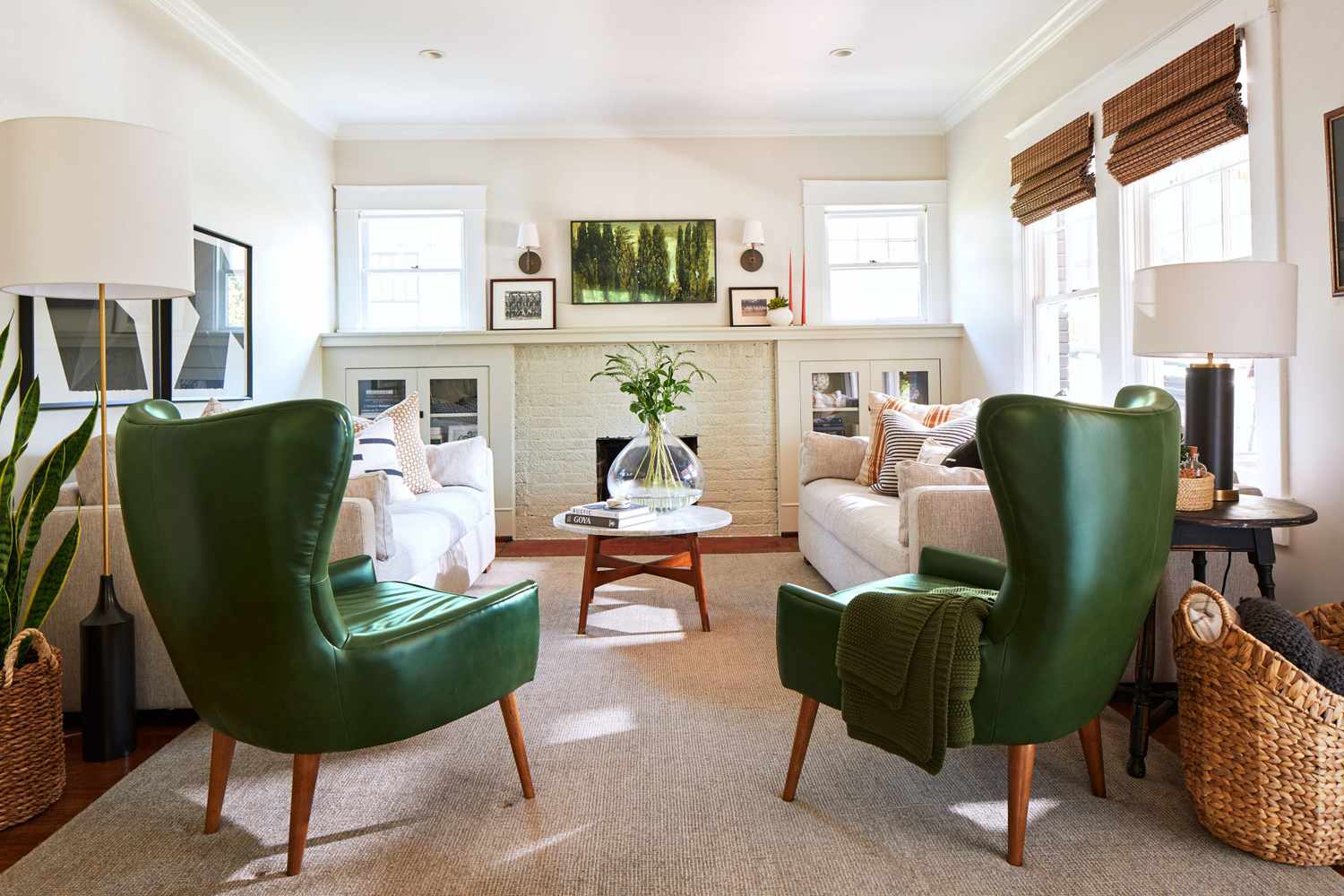
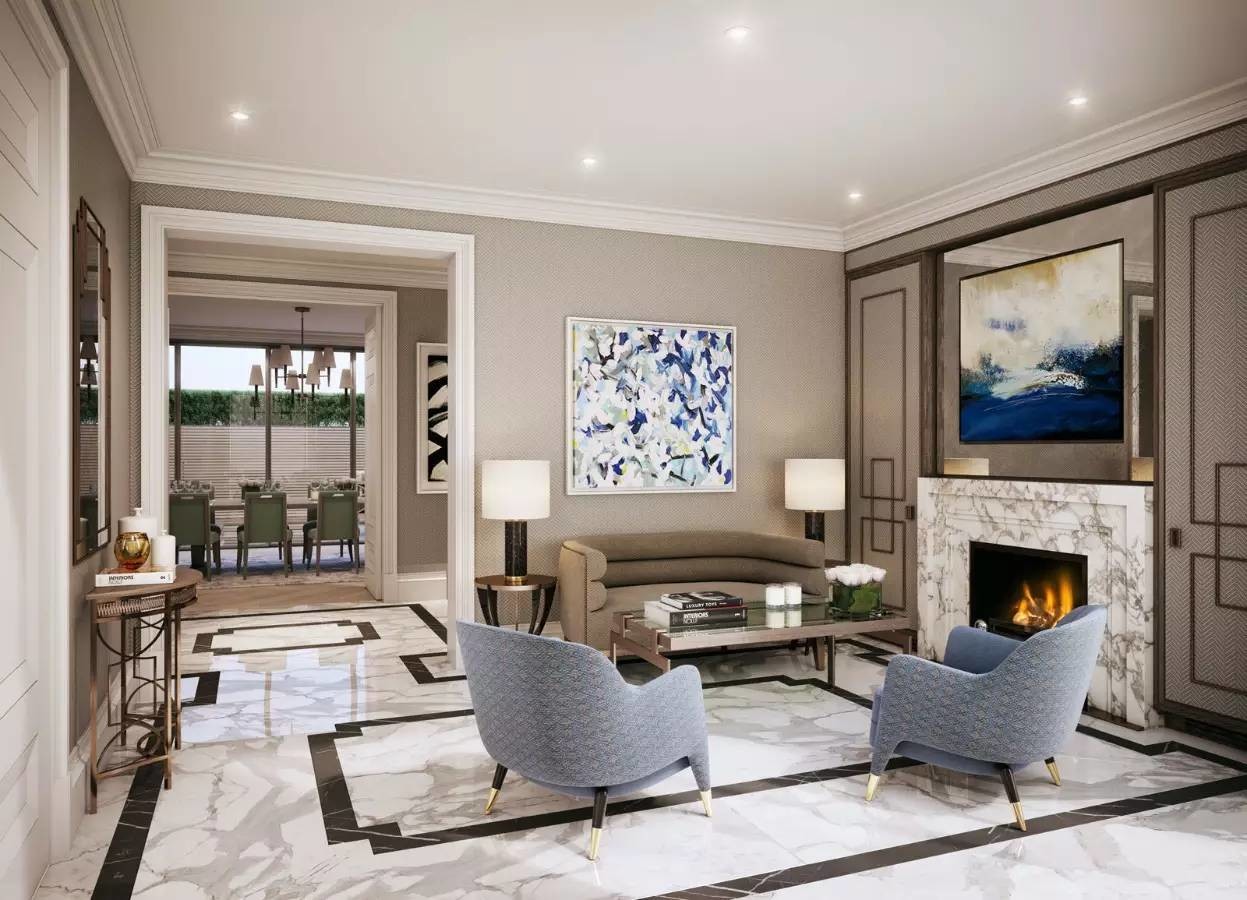
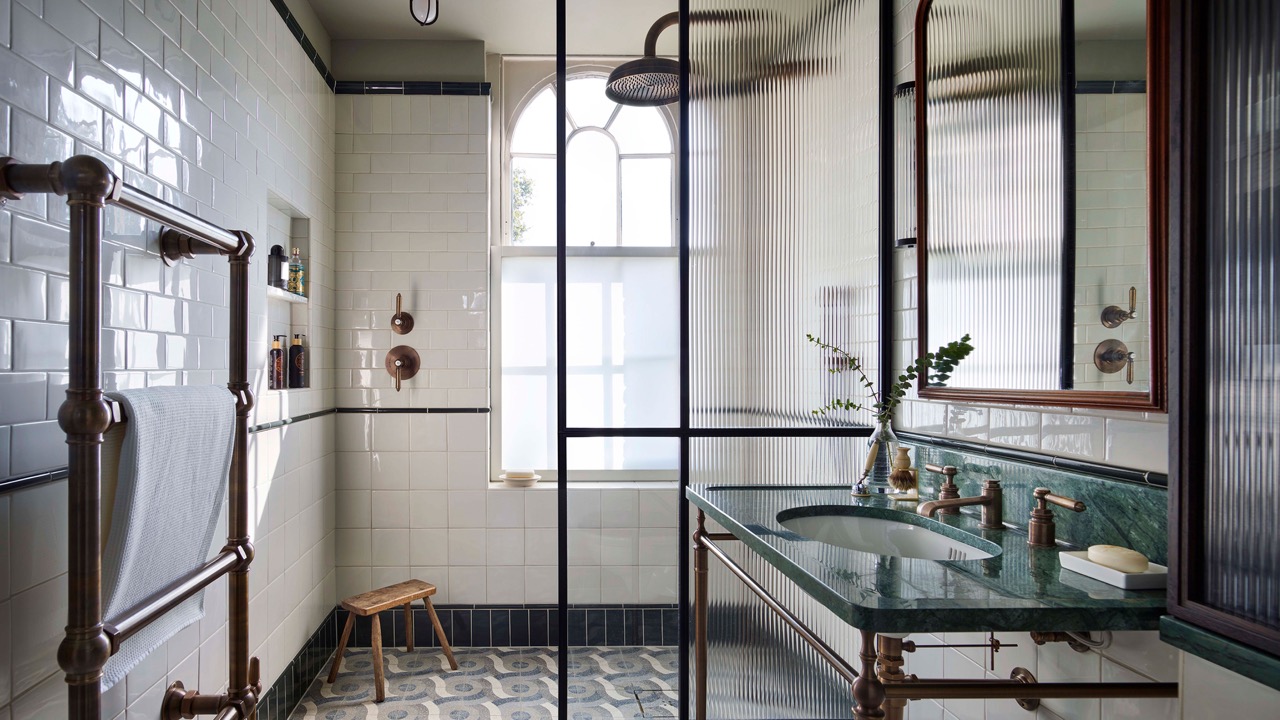
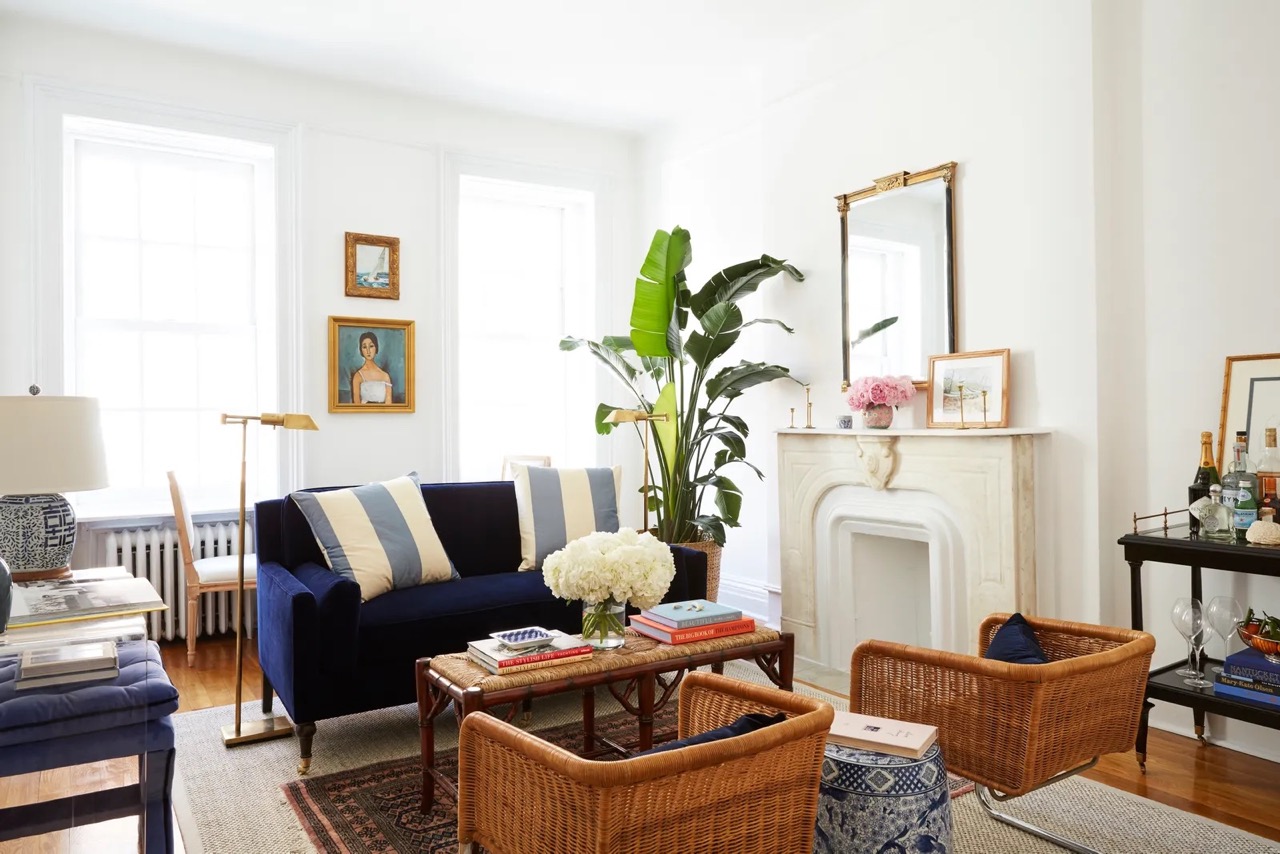
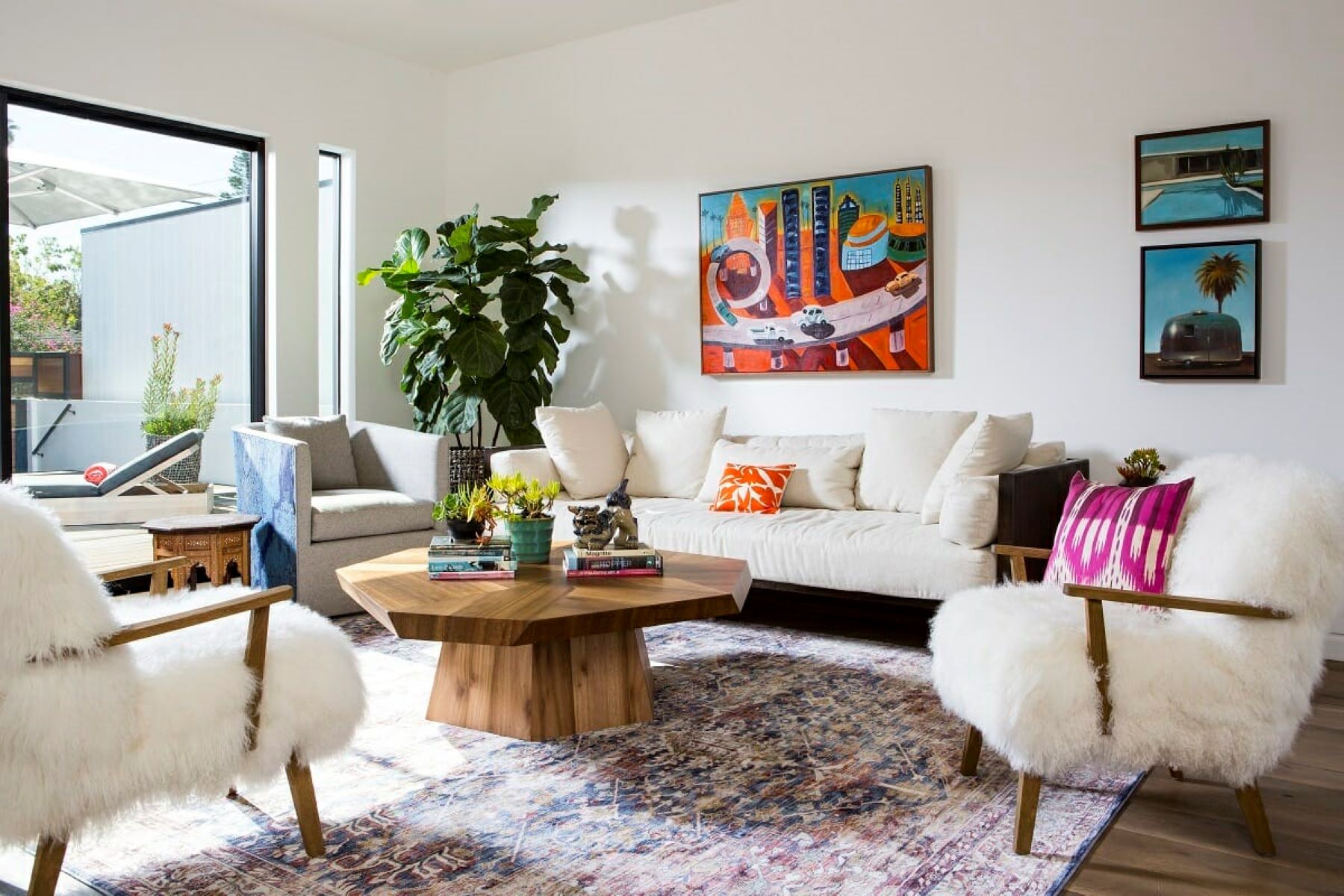
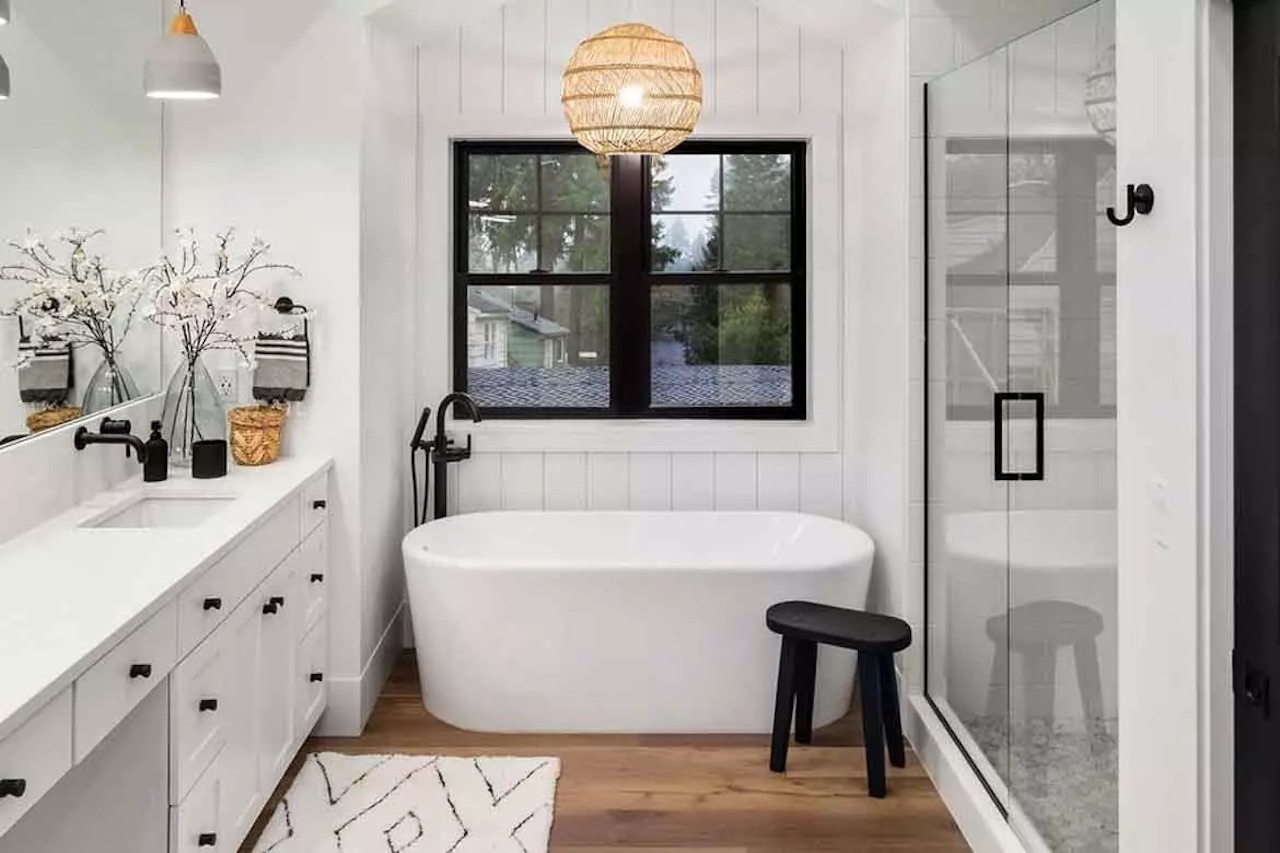

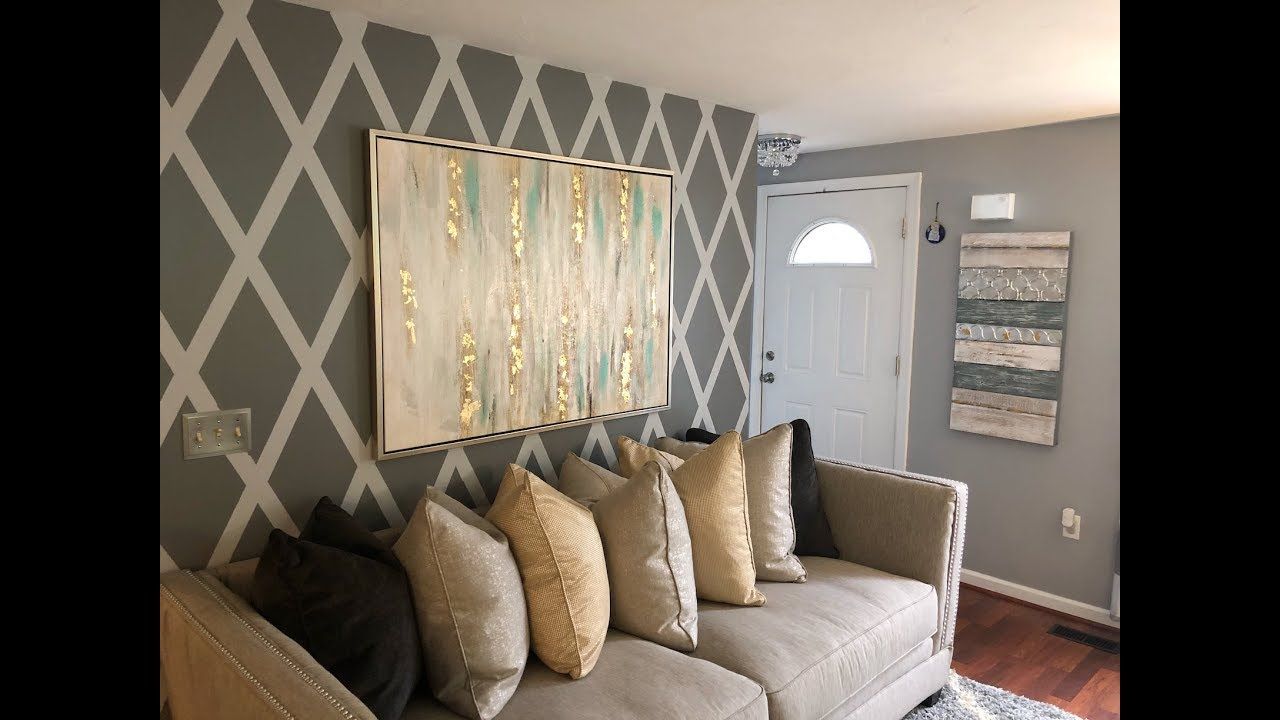
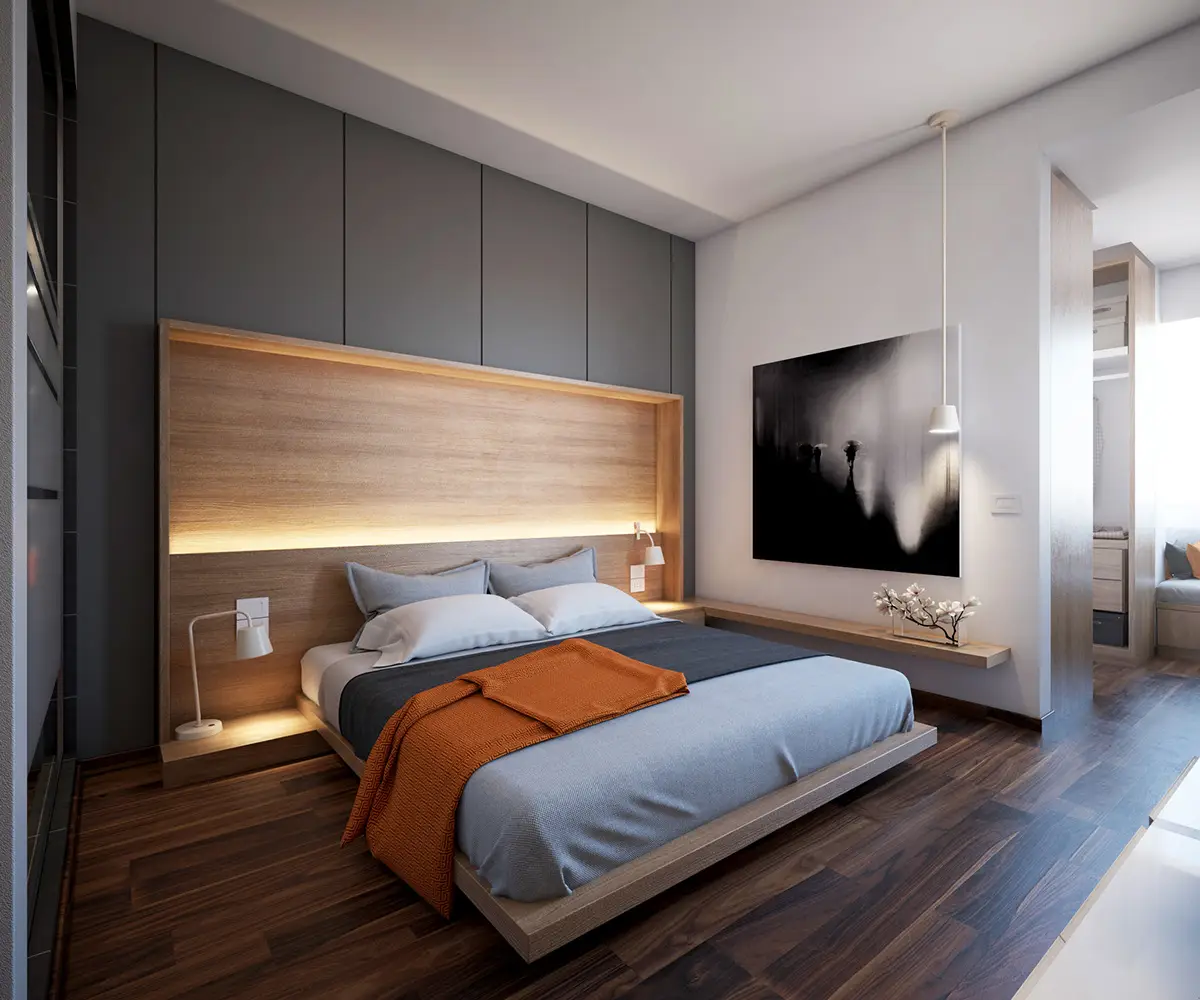
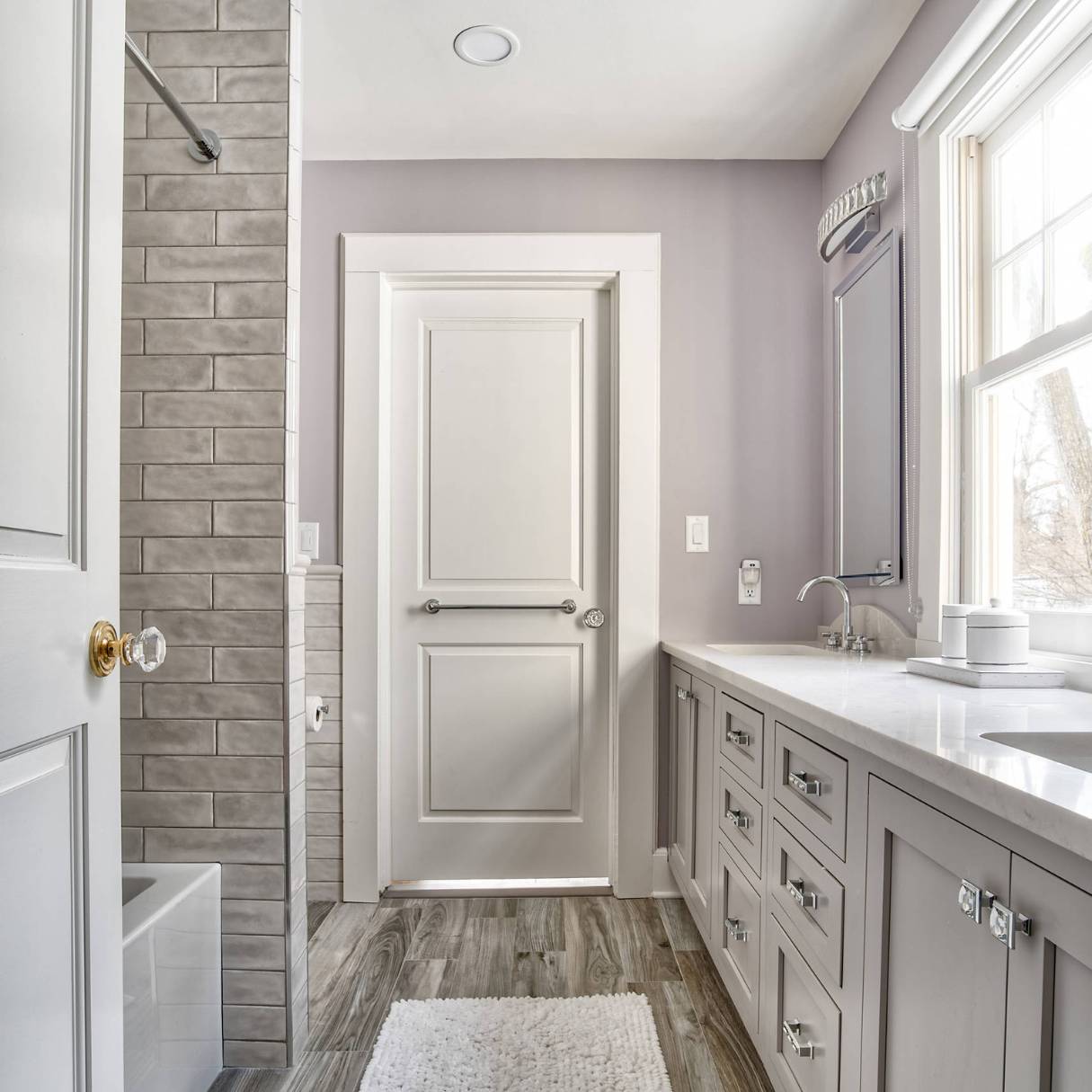
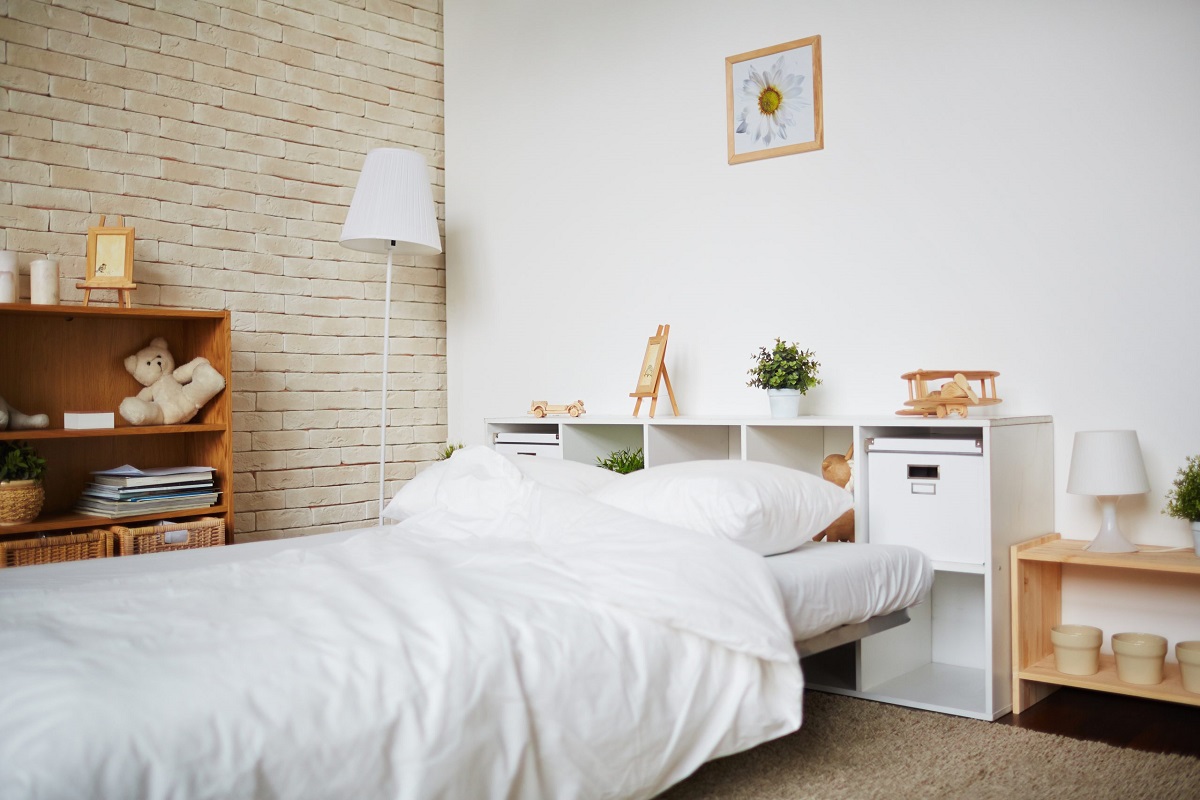
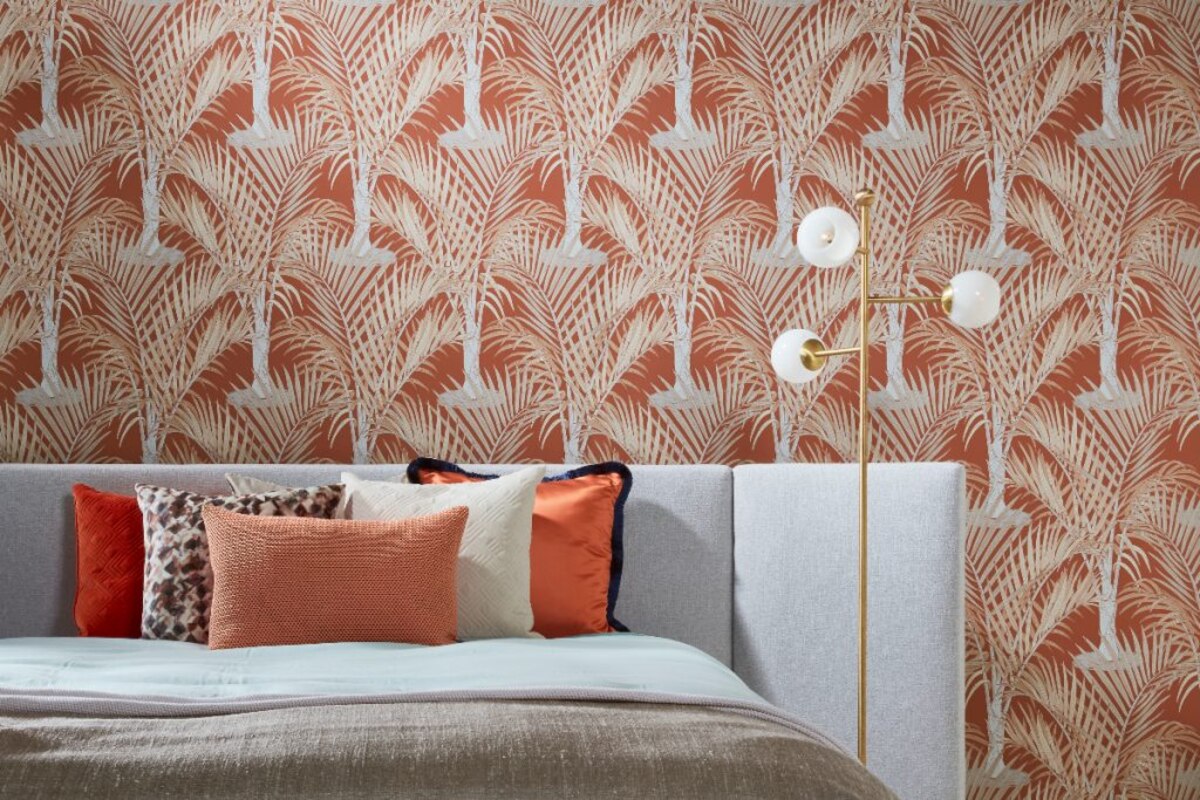
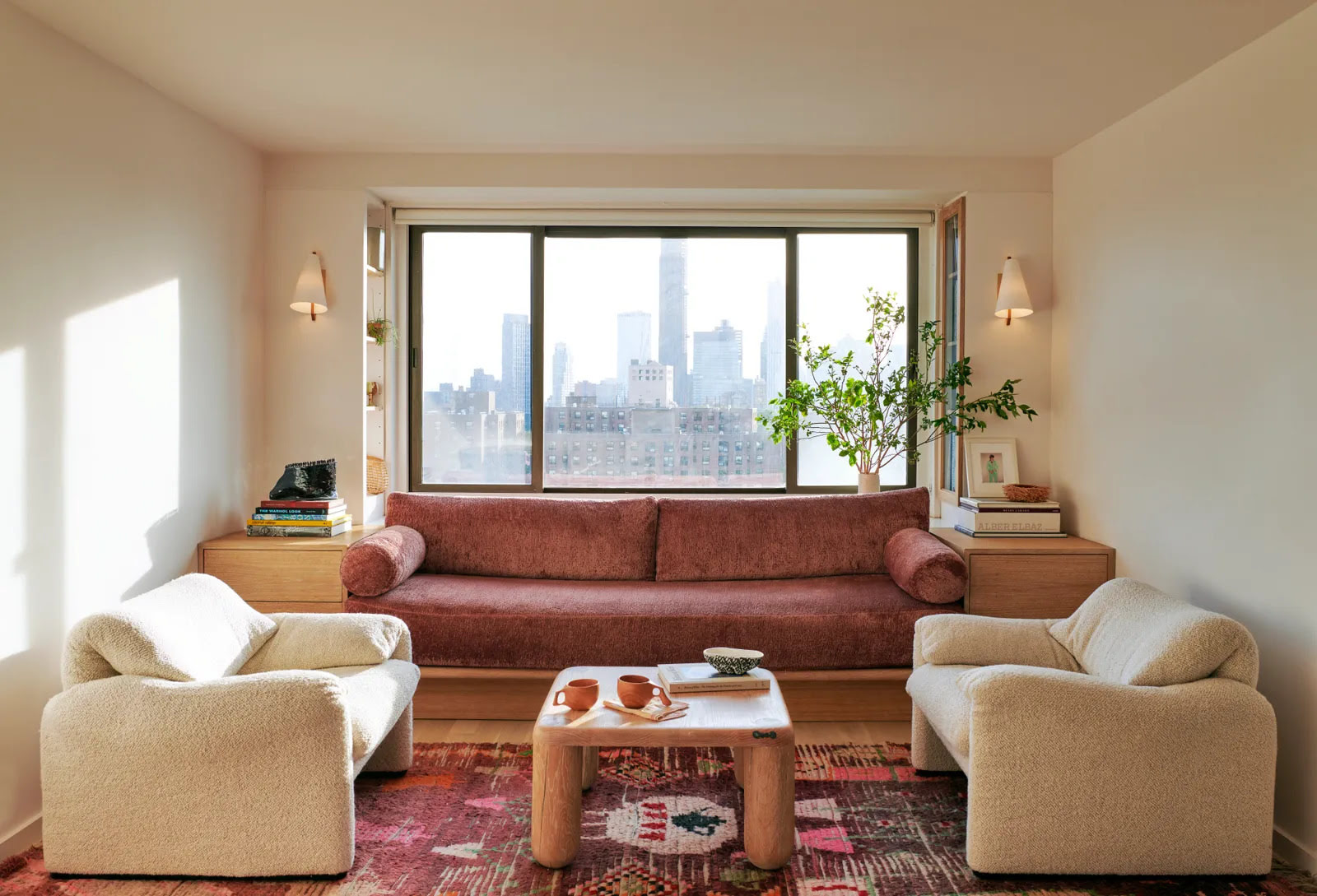

0 thoughts on “Accent Chair Ideas: 10 Rules For Chair Layouts, Looks And Trends”